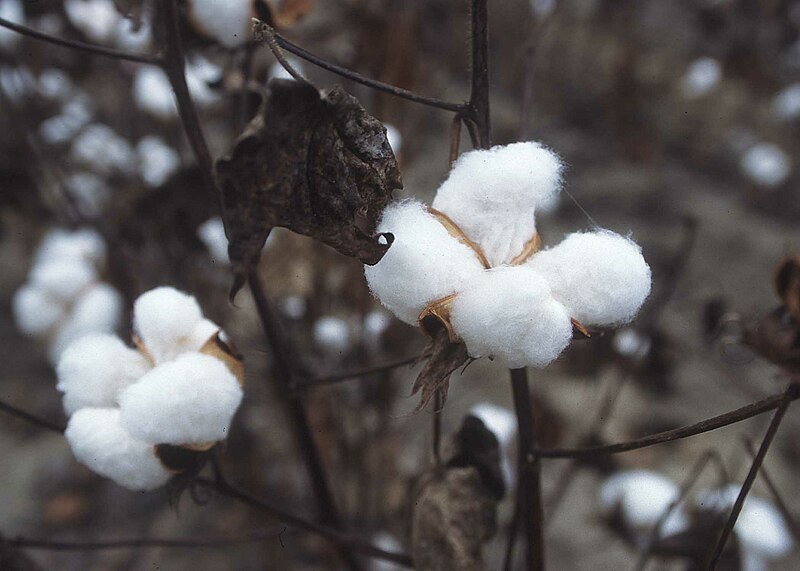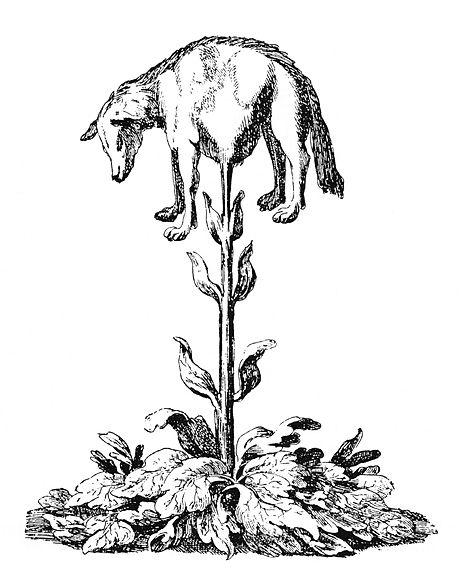I love me some cotton. It’s so soft against the skin. I’ve even become a bit of an sheet snob….nothing under 400 thread count….Thank you. The hubs had even found some 1200 thread counts sheets . These are soft and heavy like a blanket. I think they will last a lifetime.
Cotton is a soft, fluffy staple fiber that grows in a boll, or protective capsule, around the seeds of cotton plants. The plant is a shrub native to tropical and subtropical regions around the world, including the Americas, Africa, India, and Pakistan. The fiber most often is spun into yarn or thread and used to make a soft, breathable textile, which is the most widely used natural-fiber cloth in clothing today.
According to the Foods and Nutrition Encyclopedia, the earliest cultivation of cotton in the Americas occurred in Mexico, some 8,000 years ago. Cotton was first cultivated in the Old World 7,000 years ago (5th–4th millennia BC), by the inhabitants of the Indus Valley Civilization. Greeks and the Arabs were not familiar with cotton until the Wars of Alexander the Great, as his contemporary Megasthenes told Seleucus I Nicator of “there being trees on which wool grows” in “Indica”. In Peru, cultivation of the indigenous cotton species Gossypium barbadense was the backbone of the development of coastal cultures.
During the late medieval period, the people unfamilar with cotton in Northern Europe, had some odd beliefs of where cotton came from. John Mandeville, writing in 1350, stated as fact the now-preposterous belief: “There grew there [India] a wonderful tree which bore tiny lambs on the endes of its branches. These branches were so pliable that they bent down to allow the lambs to feed when they are hungrie.” (See Vegetable Lamb of Tartary.) This aspect is retained in the name for cotton in many European languages, such as German Baumwolle, which translates as “tree wool” (Baum means “tree”; Wolle means “wool”).
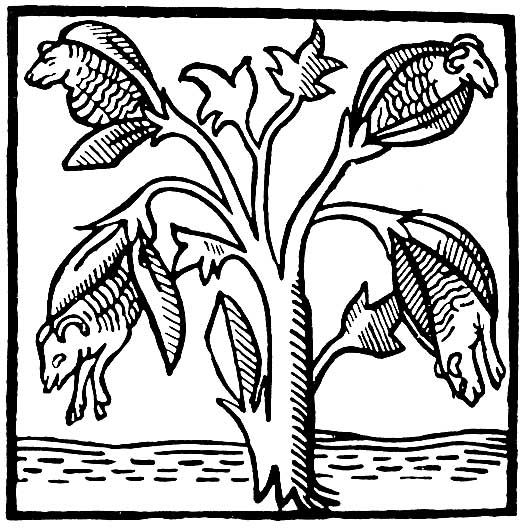
Cotton plants as imagined and drawn by John Mandeville in the 14th century
When the Industrial Revolution hit Textiles got a great boost, machinery was built to process cotton faster and cotton became more available to the average consumer. By the 1840s, India was no longer capable of supplying the vast quantities of cotton fibers needed by mechanized British factories, while shipping bulky, low-price cotton from India to Britain was time-consuming and expensive. This, coupled with the emergence of American cotton as a superior type (due to the longer, stronger fibers of the two domesticated native American species, Gossypium hirsutum and Gossypium barbadense), encouraged British traders to purchase cotton from plantations in the United States and the Caribbean. By the mid 19th century, “King Cotton” had become the backbone of the southern American economy. In the United States, cultivating and harvesting cotton became the leading occupation of slaves.
I picked up some cotton punis to dye and spin this week.
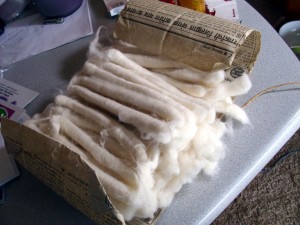
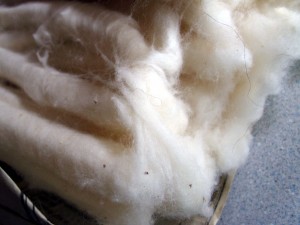
I ordered in some fibery goodness Tilli Tomas Milan Sock Yarn. It’s 80% merino, 10% silk, 10% cashmere. I bought a natural color so I could dye it the colors I want.
I should have taken a pic. This was the only copywrite free one I could find.
I did tell the hubs that if cashmere yarn was 40-50% off the yarn diet was over I bought 2 skeins at Simply Sock Yarn . I also do read her blog regularly. You can check it out here if your interested.
Tags: ancient cotton, cashmere, cotton, cotton fiber, cotton history, sock yarn, spinning cotton, spinning fleece, types of cotton, vegan spinning fiber, vegan spinning wool, vegetarian spinning fibers, wool for spinning, wool for spinning for sale, wool for spinning yarn, wool processing
